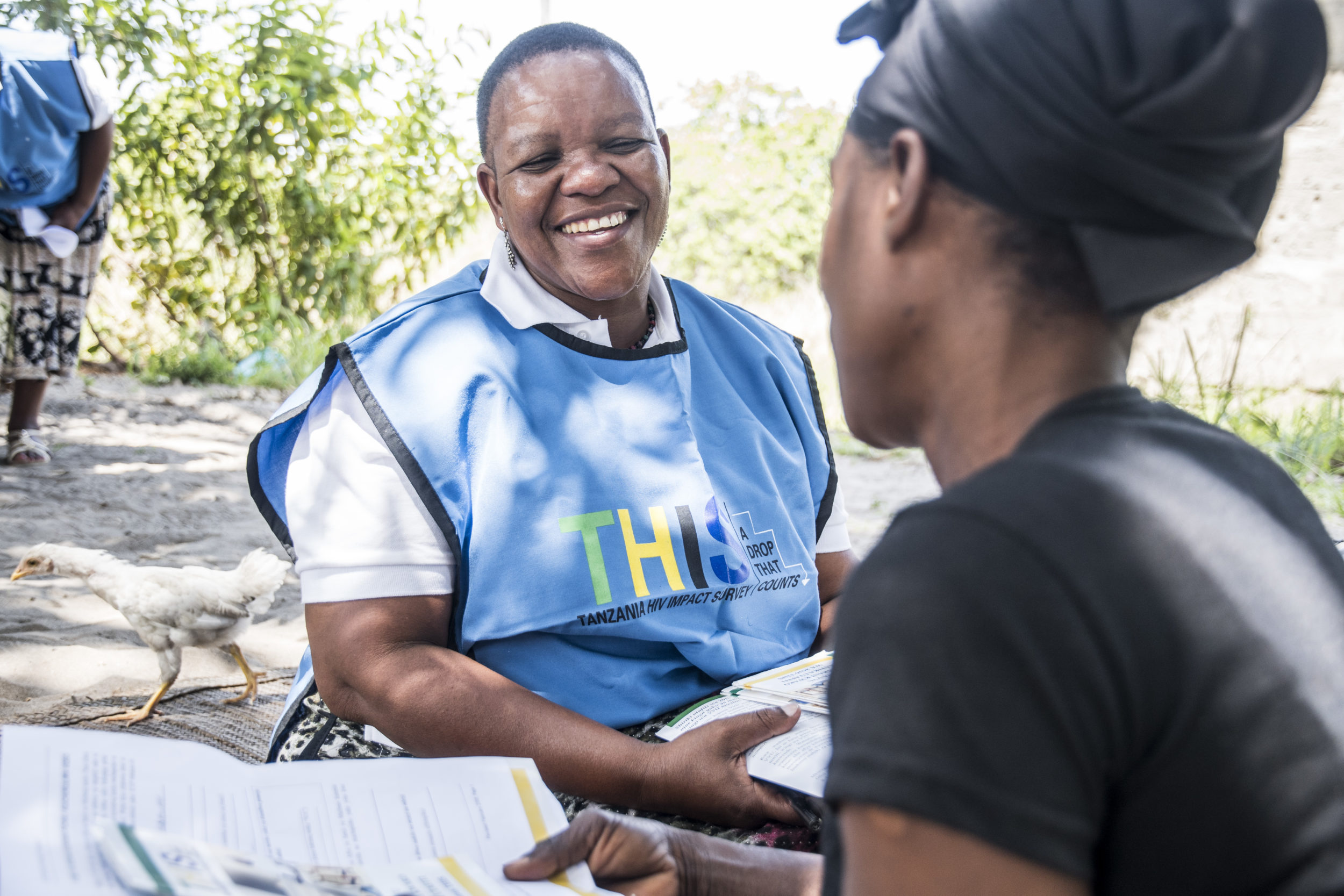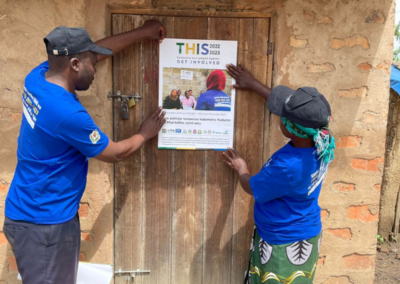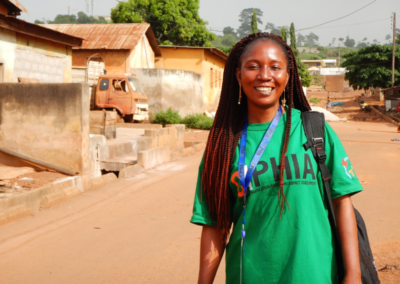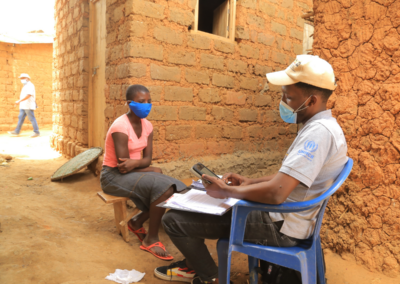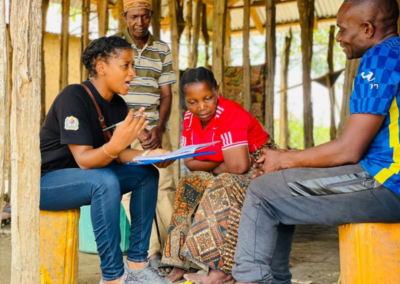On World AIDS Day 2017, the PHIA Project at ICAP at Columbia University, conducted in collaboration with the Centers for Disease Control and Prevention (CDC), announced the release of new data from five survey countries, including preliminary results from Lesotho and Tanzania. With this release, data are now available for seven countries where the population-based HIV impact assessments (PHIAs) were conducted. The release also marks one year since the PHIA Project announced preliminary results from the first three survey countries— Malawi, Zambia, and Zimbabwe—that showed exceptional progress against the HIV epidemic.
PHIA surveys are conducted in collaboration with ministries of health. As part of these surveys, household-based HIV counseling and testing is offered to all household members from selected households by trained survey staff, with return of results. The surveys also ask questions about access to preventive care and treatment services for adults and children. The results measure national and regional progress toward UNAIDS’ 90-90-90 goals and guide policy and funding priorities. Data from the PHIA Project are prepared and disseminated in stages in order to allow the release of preliminary data as soon as possible.
Additionally, today, the PHIA Project posted new First Reports for Malawi, Zambia, and Zimbabwe that present in-depth results on the state of national HIV epidemics by socio-demographics, clinical characteristics, and regions. These 70-page reports also describe design, methods, and response rates and include data on topics such as HIV incidence, prevalence, immune status, achievement of the 90-90-90 targets, prevention of mother-to-child transmission (PMTCT), and sexual behavior.
“The First Reports released today further inform our understanding of the progress made in confronting the HIV epidemic in these three countries,” said Wafaa El-Sadr, M.D., M.P.H., M.P.A., global director of ICAP. “These findings will be crucial in guiding policymakers, researchers, and health officials as they consider the way forward.”
The PHIA Project also released new Summary Sheets detailing preliminary results from two more countries, Lesotho and Tanzania, and updated the Swaziland (SHIMS2) Summary Sheet.
In Lesotho, results show that HIV viral load suppression among all HIV-positive adults —a key marker of the body successfully controlling the virus—has reached over 67 percent among 15- to 59-year olds. This finding suggests that Lesotho is on track to achieve epidemic control by 2020, through reaching the UNAIDS 90-90-90 targets and expanding HIV prevention. Full achievement of the 90-90-90 targets implies achieving a viral load suppression of 73 percent among all people living with HIV.
In Tanzania, HIV viral load suppression among all HIV-positive adults has reached 52%, and researchers noted Tanzania’s progress in reaching people diagnosed with HIV with antiretroviral treatment, care, and support. Data from the survey further indicate Tanzania’s HIV epidemic is stabilizing.
“The collaboration with ministries of health has been fundamental to the success of the PHIA surveys,” said Dr. Jessica Justman, PHIA Project principal investigator and senior technical director at ICAP. “The PHIA findings are eagerly anticipated by the countries as they examine their HIV response to date and their future plans to meet the needs of their citizens.”
ICAP also announced the first publication for the PHIA Project in a supplement issue of the Journal of the International AIDS Society (JIAS). The article describes how the vast majority of viral load results from the first three PHIA surveys were returned to each HIV-positive participant’s preferred health facility within the eight-week target, a significant achievement possible through contributions from partners including ministries of health, CDC, and Westat.
As of December 2017, the PHIA Project has announced preliminary results from seven countries, including Swaziland and Uganda earlier this year. In July, the PHIA Project announced Swaziland’s impressive progress in confronting its HIV epidemic — including nearly halving the rate of new HIV infections — at the International Aids Society 2017 Conference in Paris, France, and spotlighted the stabilization of Uganda’s epidemic during an event hosted by UNAIDS at the UN General Assembly in September 2017.
In the coming months, ongoing surveys in Cameroon, Cote d’Ivoire, Ethiopia, and Namibia will be completed, and surveys will commence in Haiti, Kenya, and Rwanda. The PHIA Project will post additional data in the form of Summary Sheets, Final Reports, and public-access datasets as they become available.
About the Population-based HIV Impact Assessment (PHIA) Project
The PHIA Project, led by ICAP at Columbia University in partnership with the US Centers for Disease Control and Prevention (CDC), and funded by the President’s Emergency Plan for AIDS Relief (PEPFAR) measures the reach and impact of HIV programs in PEPFAR-supported countries through national surveys.






